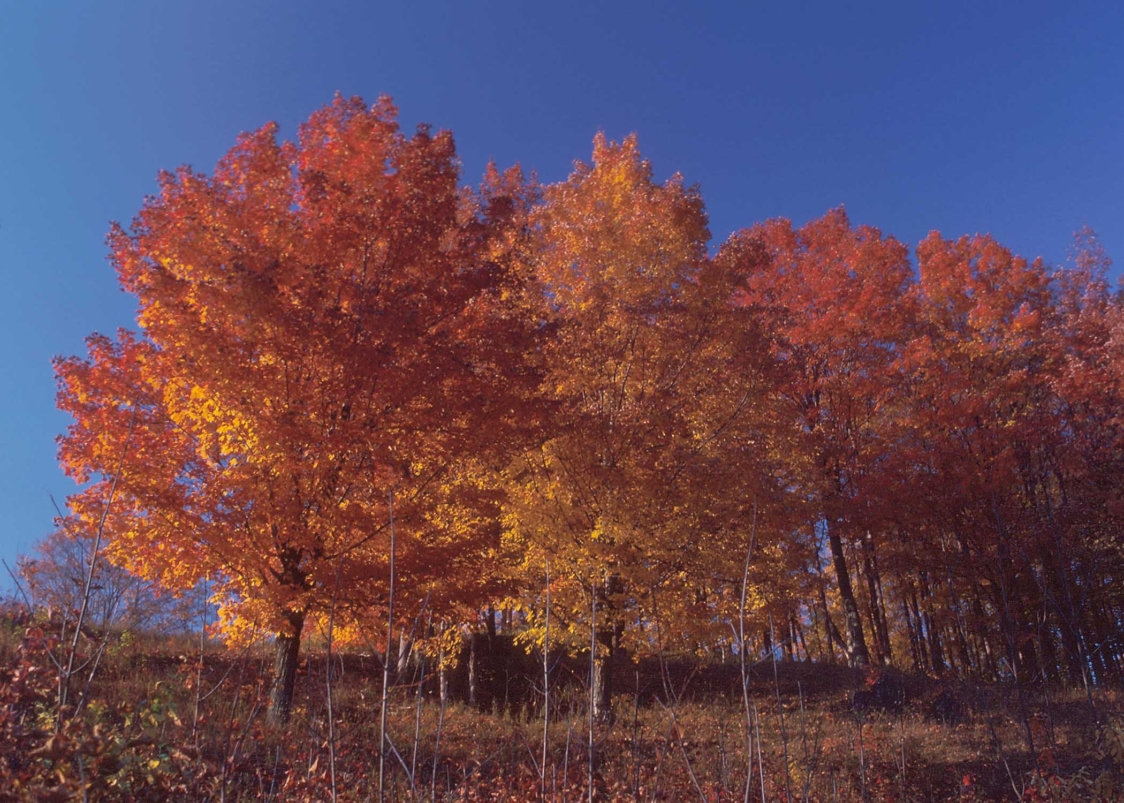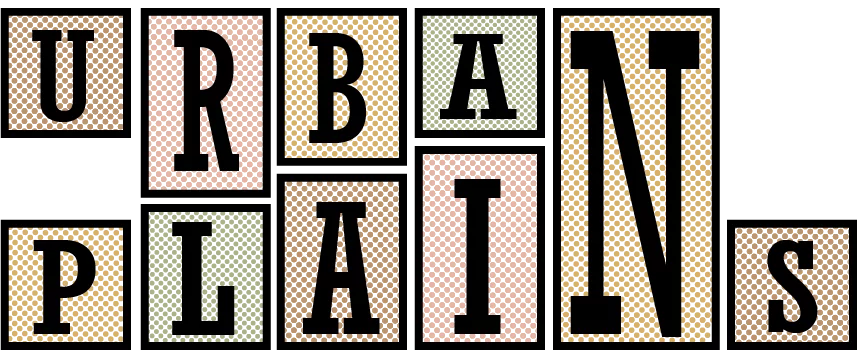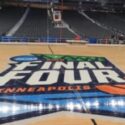Each year Connor Sports creates a unique basketball court to be used in the Final Four – dubbed the ‘Final Floor.’ But, what happens to it when March Madness is over?
More than a month before the first tip of the 2018-2019 NCAA basketball season, on a fall Michigan day, 500 of the most stunning sugar maple trees around got their big break. They had just been hand-selected to be on the big stage, under all the lights, for all the marbles.

Over the next several months, those maples would make a journey to Idaho to be processed, brought back to Michigan for court construction and painting, and finally they would become another in a long line of historic floors used in the NCAA Final Four.
But after shots are hit, buzzers have sounded, nets have been cut and tears have fallen, what is the fate of those 500 sugar maples from Michigan?
Historical Firsts
That group of 500 maples would end up being the stage for the first championship-game matchup between teams with zero previous Final Four wins since 1979, when Michigan State and Indiana State had the young Magic Johnson and Larry Bird on their teams: setting the scene for an overtime thriller between two teams who could not have wanted it more – with Virginia pulling out an exciting overtime victory.
The 2019 Final Four was one for the books, with the Texas Tech Red Raiders and Virginia Cavaliers both playing for their first national title. Texas Tech was playing in their first Final Four in school history – 94 seasons into their program’s tenure. Virginia was in their third Final Four game in school history, without an appearance since 1984 and never having reached the championship.
Cutting the nets down is a great symbolic act after winning the championship. It’s a moment full of confetti, emotions, cheers and flashing lights from every direction, and the end of one of the most-viewed, annual sporting events in the nation. And while the drama surrounds the nets, the court itself becomes a part of history, as the winning school has the opportunity to buy the floor and use it as they wish.

Both teams showed up and played incredibly hard – battling long enough to send the game into overtime after they were tied at the end of 40 minutes of regulation play. Sadly, for the Red Raiders and their fans, Virginia had plans of their own to win the game – and that plan was to never take Kyle Guy off the floor. He played every one of the 45 minutes in their 85-77 overtime victory.
Lights Out
The schools almost always take advantage of the opportunity to buy the court. Brian Klein, marketing director for Connor Sports, the company responsible for the “Final Floor,” explained that since Connor Sports became the sole provider of the Final Four floor in 2006, teams have generally bought the court every year, with the exception of the University of Connecticut in 2011.
Villanova University, upon winning the national championship in 2016 for the first time since 1985, bought the court they won on. The Wildcats then installed entire sections of the court in their home arena. This is the route many teams take when they win and buy the floor: take it home and play on it – especially when it’s the first time the school has had a chance to purchase their congratulatory 500 sugar maples.
But when Villanova won again in 2018, they were faced with a predicament: what do we do with this floor? Instead of installing another court so soon, they decided to spread the love, cutting the court into commemorative pieces and offering fans the chance to buy them for $75 to $1,000.
This is the destiny of more than half of the courts, Klein said, as many of the teams dedicate the funds to a charitable cause. The court costs roughly $100,000 to produce for the Final Four each year and that’s all Connor Sports charges the schools.
Surely, Virginia has big plans for their court for the near future. Only time will tell if they’ll decide to play on it or sell it as a memory. Regardless, those 500 sugar maples, after thousands of miles of travel over a five-month period, will be a piece of history forever.
If you liked thinks check check out Out and About: Final Four Fan Showcase and the May 8th episode from UP-TV.
Photos by Cathryn Cheek, Natural Resources Conservation Service and Sphilbrick.

